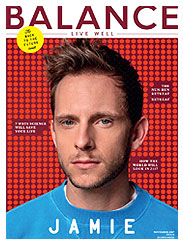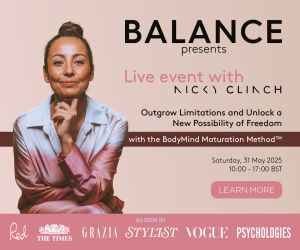The pain epidemic of modern life

Pain is on the increase and it isn’t hard to see why.
We spend our working days compressing our spines seated in front of computers, our evenings turning daily stress into stomach aches or migraines, and our weekends performing exercises we’ve prepared poorly for with bad technique.
Modern life is your own personal torturer and Western medicine is typically focused on cure and market trends, not preventative treatment.
It’s a huge problem, but no-one is exactly sure how huge. Go to your doctor worried about blood pressure or your diabetes risk and chances are they can perform a simple test which gives them a number to diagnose and prescribe against. It’s objective, quantifiable.
When treating pain, the first step a doctor will take is to ask the patient to describe where it hurts, a process potentially as individual as the patient using any creative metaphor they can employ.
Is it stabbing, burning, a low ambient ache or the grip of a vice?
In some ways, pain splits the difference between physical and mental health. The cause is objectively physiological and verifiable, the effect is perceptual and bespoke to the individual. It’s been suggested that women spend longer waiting in A&E as doctors often label their pain as ‘emotional’. They’re also given fewer painkillers.
To be fair, doctors are aware of the problem, and have tried to measure it using tools such as the McGill pain questionnaire, and the more recent Pain Quality Assessment Scale.
For the latter, patients are given categories of pain (shooting, electrical, sharp, cold etc), and asked which their own agony is. They then score it out of 10.
But ultimately the scale is still relative. As the writer, John Walsh puts it: ‘How does a patient imagine the worst pain ever and give it a number? Some men may find it hard to imagine anything more agonising than toothache or a tennis injury. Women who have experienced childbirth may, after that experience, rate everything else a three or a four.’
One in two
Possibly the best attempt to estimate the scale of the problem came from a meta-analysis published last summer in the British Medical Journal.
The authors considered 19 studies on the subject covering 140,000 adults. After extrapolating the results, the authors estimated 28 million people in the UK were living with some sort of chronic pain.
‘Pain is really under-represented in terms of the public awareness of it,’ Alan Fayaz, one of the study’s authors, has said. ‘Nobody ever talks about chronic pain, it is like a silent epidemic.’
And it gets worse as you get older. Among those aged 18-25, around 14% are sufferers; in the over 75s it is 62%.
‘Bearing in mind we are, in general, an ageing population, that’s of concern because you would then expect, if you repeated this study in about 10 years, the prevalence of chronic pain would be higher,’ said Fayaz.
Possibly the most disturbing aspect of the epidemic is the increasing use of strong, potentially lethal opioid painkillers including codeine and morphine. Prescriptions for them in the UK have doubled in the last decade as has the number of people attending hospital with opioid poisoning – 11,660 last year, up from 4,891 in 2005. Organisations as diverse as the Royal Pharmaceutical Society and DrugWise have expressed concern at their increasing use.
In the US, a wildfire opiate addiction over the last 20 years has been exacerbated by poorly regulated private medical clinics called ‘pill mills’.
The trend is led by Fentanyl, a drug designed for late-stage cancer, which is 50 times stronger than heroin. It is currently linked to more than 20,000 deaths a year in the US from its misuse.
So where do we go with this? Authors of studies are good at producing the big numbers but light on conclusive treatments. There is some evidence around the efficacy of complementary therapies such as acupuncture, and researchers in the USA are looking into the mental side of pain with treatments such as cognitive behavioural therapy and mindfulness. But it feels a little like tinkering at the margins.
Back in business
Perhaps the point is to get the big numbers out there, both to show that more NHS services and studies need to be focused on the area, and also to illustrate the economic cost of pain. In the US, the $500billion worth of working days lost every year has been the catalyst for big business to invest in research.
Maybe the mystery of falling productivity that dogs the post-crash UK economy begins with that twinge in your back.











